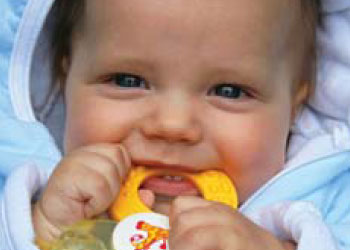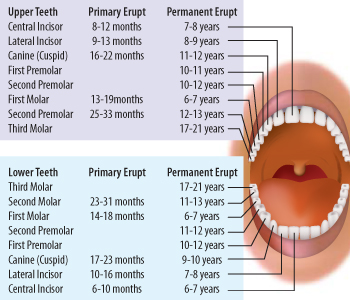Learning in the Partners In Dental Care Lobby
Back Forward
White Spots
Sometimes teeth have discolorations that are not darker, but actually whiter than the rest of the tooth. Small white spots called fluorosis often develop on children's baby and adult teeth. Fluoride, which makes teeth stronger and more resistant to decay, sometimes appears on the enamel as a brighter shade of white.
Occasionally, white spots on the teeth mean that the outer layer of the tooth is weakened or decalcified as a result of attacks by bacteria or acid. Your dentist will be able to determine the difference between these two at regular visits and advise you accordingly.
Learning in the Partners In Dental Care Lobby
Back Forward
Enamel Appearance
Enamel is the outer layer of our teeth. It is the hardest part of the tooth and also the layer that provides most of the color of the tooth. Healthy teeth don't have to be perfectly white, but discolorations from ivory or off-white can be caused by:
- Bacteria buildup-commonly from lack of good brushing or professional cleanings.
- Tetracycline use during pregnancy
- Injuries to the teeth
- Recurring high fever
- Jaundice
If you notice any dramatic discolorations in your child's teeth, please make an appointment for your child to see a dentist.
Learning in the Partners In Dental Care Lobby
Back Forward
Teething
Teething is the process of primary (baby) teeth pushing through the gums into a child's mouth. It is a natural event that every baby goes through, and it may be painful for your baby. You may notice:
- Irritability
- Increased Saliva
- Low Grade Fever
Teething should not be used to explain any illnesses that your baby experiences around this age. High fevers or pain from ear infections can often be mistaken for teething pain but are not related, and you should contact your pediatrician for their care.
Learning in the Partners In Dental Care Lobby
Back Forward
Treating Teething Pain
Treatments to ease teething pain include:
- Massaging your baby's gums gently with a clean finger
- Allowing them to chew on cool things like wet washcloths or smooth hard objects (make sure these items are not a choking hazard)
- Benzocaine numbing gels-these may relieve pain temporarily, but they also will leave baby's mouth numb. Some babies dislike this feeling worse than the pain. There also is a small risk of allergy to these products.
Learning in the Partners In Dental Care Lobby
Back Forward
Tooth Eruption
Children follow a fairly consistent sequence for tooth eruption. The exact timing and sequence will not be the same in every child, but there are averages. The following chart shows these averages and the order of eruption.
Again, children vary. If your child does not follow this exactly, don't panic. Your dentist and hygienist will watch the development of your child's teeth at each visit.
Learning in the Partners In Dental Care Lobby
Back Forward
Spacing
A baby tooth usually falls out because there is a permanent tooth erupting underneath it. When this occurs naturally, the space vacated by the baby tooth is filled quickly by the adult tooth replacing it. If for some reason the baby tooth comes out early (accident, decay, etc.), then it is important that the space left by that tooth be maintained for the adult tooth. Otherwise, the teeth on each side of the opening may collapse into that space, and it may require orthodontic treatment to correct.
When a child loses a baby tooth early, we use special appliances called space maintainers made of metal or plastic to hold that space open.


